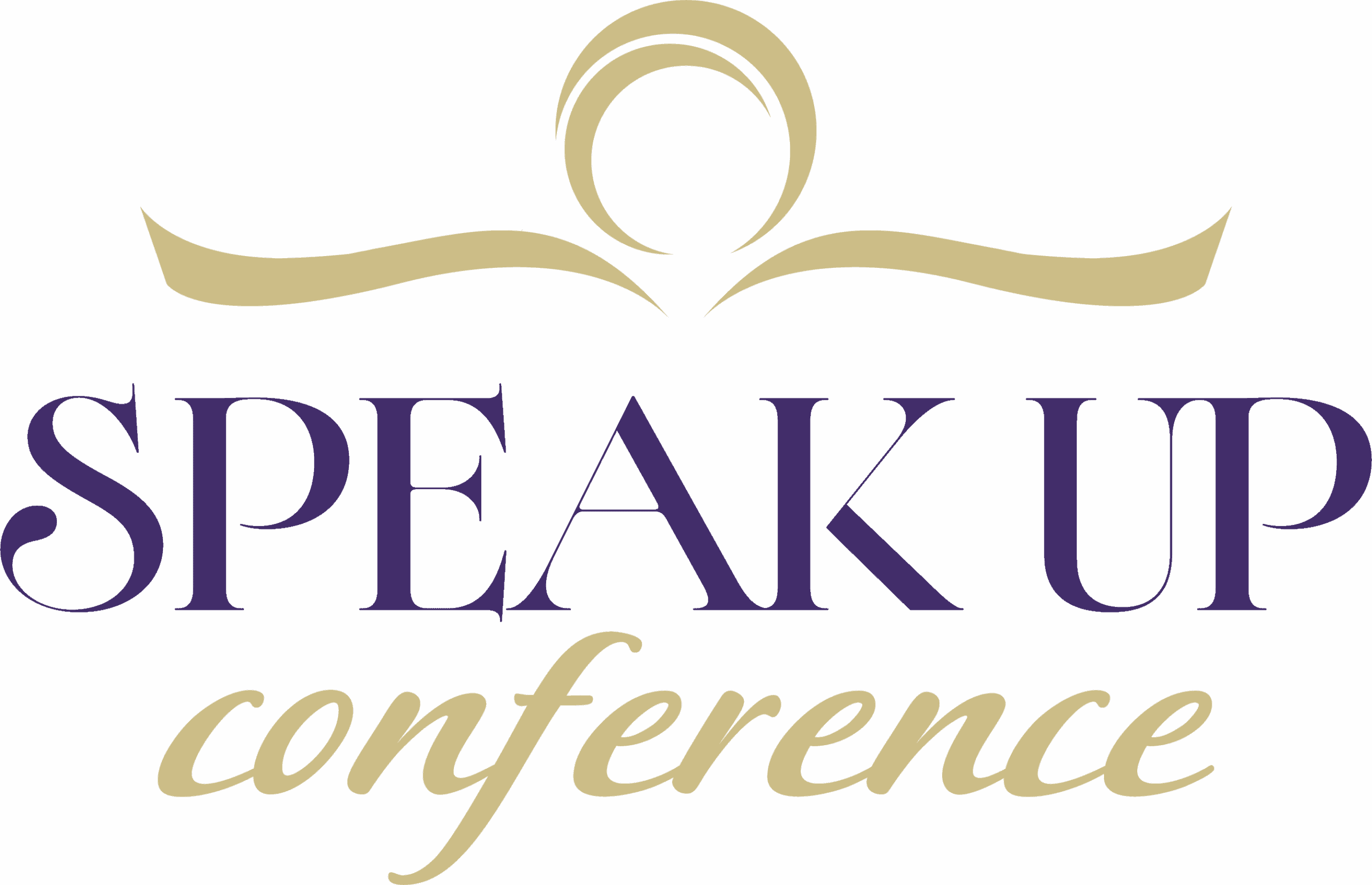
What are you passionate about? What could you speak or write on that you would forget to eat a meal or stay up late to prepare for it?
That’s your topic. Narrow it as much as you can. Then narrow it again.
Let’s say that your topic is exercise. That’s a broad topic. Brainstorm ideas for narrower ones. For example, you might come up with ideas like these:
*The Best Time of Day to Exercise
*How to Choose the Right Kind of Exercise for Your Body Build
*The Correct Exercise Equipment to Use
*A Comparison and Contrast of Swimming and Karate
*What to Look for in a Gym
*How to Select a Personal Trainer
The key is to have your presentation fall into a niche. Maybe right now, you’re wondering what a niche is. It is anything that pertains to a specific section of the population with a specific interest.
The narrower you make that niche, the clearer your presentation will be and the more responsive your listeners will be.
When you narrow your niche as much as possible, you can become an expert within your respective field. As an authority or an expert, you will become the proverbial big fish in the small pond. This is why you read and work to be knowledgeable in your chosen niche.
No matter how often Mama or Granddaddy say your presentation is for everybody regardless of age or gender, don’t believe them. When you narrow the niche, you find your tribe, your real followers, your specific audience. They will show up without manipulation on your part.
Your followers may not be your family members, friends, or coworkers. They may attend an event because they love you and are proud of you. You may bribe them into helping you set up or take down your props, technical equipment, and other items. You may persuade them to run the book table for you or take pictures. And yet, if your topic doesn’t meet their felt need, they will not respond to your message.
So how do you get an audience to respond?
Start with The Foundational Phrase or Sticky Idea.
The easiest way to know what you want in that first point is to start with a “foundational phrase” that goes with your presentation. We call it that because you build your presentation on the foundation of that phrase or idea.
Some people call the foundational phrase a “sticky phrase” or a “sticky statement.” In their book, Made to Stick, Chip Heath and Dan Heath call it a “made to stick” phrase.
To craft your foundational phrase or sticky statement, think about what you want your audience to remember at the end of your presentation. What one clear idea do you want them to take home with them?
When I speak or write on domestic violence, my foundational phrase is “The only person you can change is yourself.”
When my topic is grief, the sticky idea is “Grief is a process, not an event.”
Now, let’s look at the characteristics of a sticky statement.
First, the Foundational Phrase Needs to Be Simple.
To test the simplicity of your foundational phrase, ask a typical three or four-year-old to repeat it. If the child can, it is simple enough. If the child can’t, work on it to make it simpler.
Second, the Foundational Phrase Needs to Be Profound.
When you think about the book of Proverbs, those profound statements stick with you.
For example, a simple and profound proverb is Proverbs 17:22, “A cheerful heart is good medicine” (New International Version).
Third, the Foundational Phrase Needs to Be 10 Words or Less.
Besides being simple and profound, your sticky statement should be 10 words or less. Let’s go over the three examples I gave and count the words.
*“The only person you can change is yourself.” — 8 words
*“Grief is a process, not an event.” — 7 words
“A cheerful heart is good medicine.” — 6 words
To wrap up:
*A niche is anything that pertains to a specific segment of the population with a specific interest.
*Narrow your niche as much as possible.
*To get an audience to respond to your message, start with a foundational phrase.
*That phrase is the foundation of your presentation.
*It needs to be simple.
*It needs to be profound.
*It also needs to be 10 words or less.
I challenge you to select your topic, narrow it, and write your sticky statement.
In Part 2, you will go through the ways to use that foundational phrase in the first point of your presentation.
Copyright © by Yvonne Ortega November 2019


Yvonne Ortega, you are “spot-on” with your excellent tips on crafting the first part of your presentation! Thanks so much for this excellent blog!
Yvonne Ortega, you are “spot-on” with your excellent tips on crafting the first part of your presentation! Thanks so much for this excellent blog!